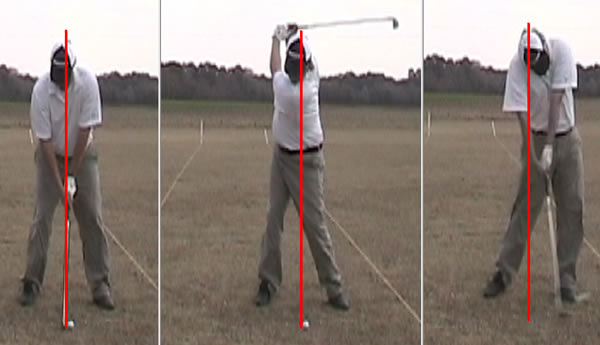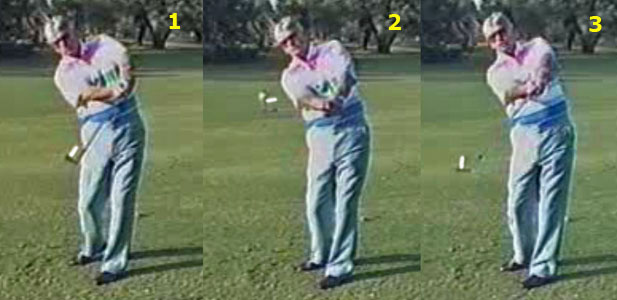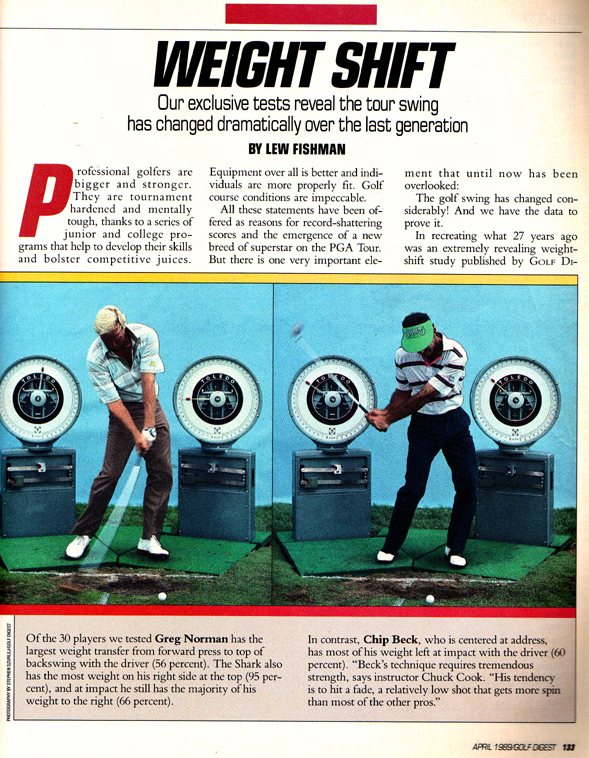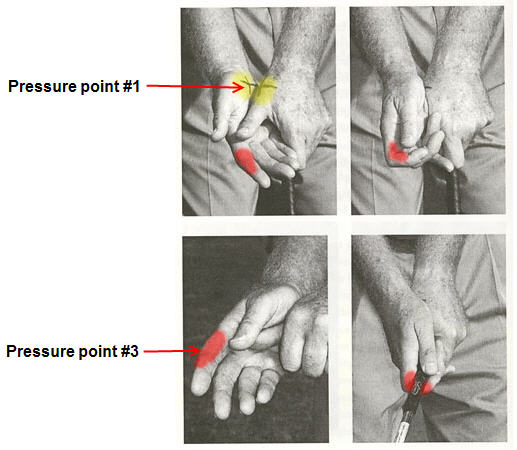One of the first things I discussed with owners Ed and Matt Grabowy (a father & son team) was about the 'C Grooves' on the Yes! Putters and if they worked. Matt told me that they did indeed work to his surprise and even more surprising was that he felt that the Taylor Made Rossa line of putters that have the grooves on them prevent even less skid.
Skid-roll factor is present in all putters due to them having loft. Here's a video showing some skid on a putter's initial launch.
The Grabowy's use the Mitchell Studio Putter Fitting system which also utilizes the same type of video as shown above. Here's a pic of what the Mitchell Studio looks like.

The key is to get as minimal skid as possible so the ball can get rolling right away.
As Geoff Mangum posted months ago, the Yes! putter line claims that they have zero skid on their putters, but as Matt explained like Geoff explained, their way of measuring skid is different from how just about everybody else measures skid. In the video above, Yes! measures skid as to how long it takes the ball to start to rotate whatsoever. However, the standard measurement of skid is when the ball officially rotates 90 degrees. So it's not to say that Yes! putters do not help prevent skid, but their claims of zero skid are a bit flawed.
The Mitchell putter fitting studio is a great tool, however it comes with some problem. According to Matt, one of the issues is that you can only use one type of camera with the studio, a JVC camera that the company has stopped manufacturing. Also, he cannot save the data or the video and has to print out the data results because of that. Lastly, you only get about a foot over video coverage on the putt. Mitchell makes excellent, top of the line, clubmaking tools. However, I believe another manufacturer could quite easily create something even better than their current putter fitting studio.
I am currently using a Mizuno Bettinardi C-06
If there's one reason to look at getting fitted for your putter it's to check the specifications. The Mizuno Web site says the C-06 should have a lie angle of 71* and a loft of 3*. Instead, my C-06 had a lie angle of 70.5* and a loft of 4.5*. With that, my skid with my putter that I brought in was 13.2 inches. We eventually tried a Taylor Made Rossa Fontana putter and my skid went down to 10.0 inches. That's a 24.2% improvement!. When we bent the Bettinardi to 3* loft, the skid was at 11.0 inches, a 16.7% improvement!
Obviously, the bent loft in the Bettinardi did not improve as much as the Taylor Made Rossa Fontana, so we then figured that the weight may be part of the problem. We tried to 'back weight' the putter which is sticking a weight up on the butt end of the grip which makes the putter head feel lighter. But when we did that, my skid actually increased.
So we then determined that I needed a putter that had a heavier putterhead. We tried out a Never Compromise putter which has a heavy putter head and the skid decreased.
In the end we found that my lie angle should be about 74*, my loft should be no higher than 3* and I should stick with a face balanced putter (My mis-hits were dispersed so a putter with a high MOI would be helpful) and a heavy putterhead. I looked around and the putter that seemed to fit that mold was the Yes! Victoria II putter
It has a 72* lie angle (which I will bend just 2 degrees) a 2.5* loft and a fairly heavy putter head (370 grams).
I highly recommend the putter fitting process and trying to find somebody with a Mitchell Putter fitting studio or the equivalent. I also highly recommend going to the Golf Doctor if you're in the Atlanta area. They also do clubfitting using the Trackman Launch Monitor device.
3JACK


























